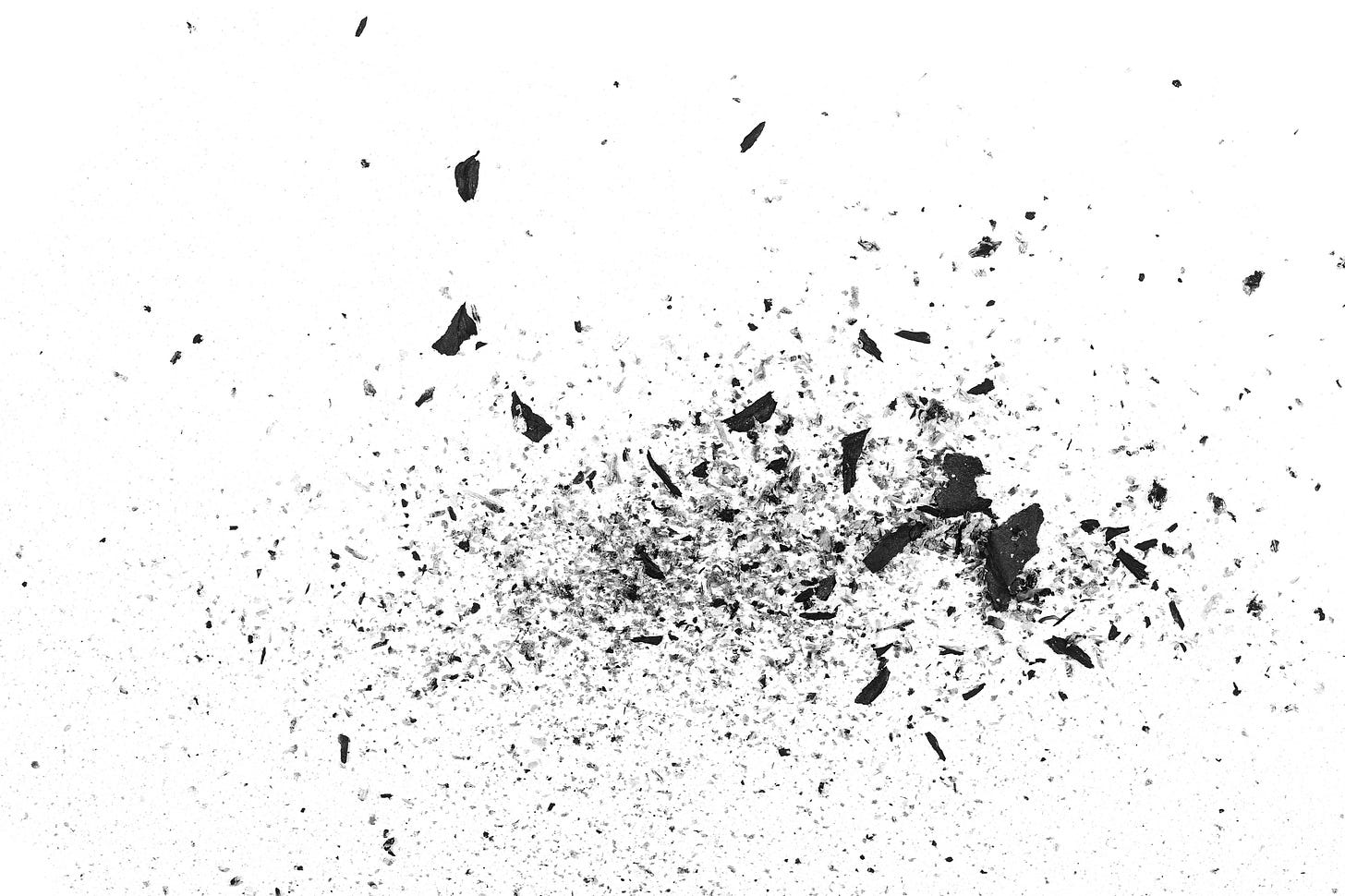In Parshas Tzav, we learn about the Terumas HaDeshen, which is the mitzvah of removing the ashes from the Mizbeach. This week we also read Parashas Parah, which intricately details the halachos surrounding the Para Adumah - utilizing its ashes for the purification of the people.
Distinctly, the Terumas HaDeshen (literally, raising of the ashes) is often mistaken for the similar mitzvah of Hotza’as HaDeshen (literally, removal of the ashes). While both involve handling ashes, their purposes and symbolism significantly diverge. The Terumas HaDeshen, which was a key part of the daily service in the Mikdash, entailed selecting completely burnt ashes from the innermost part of the Mizbeach. These ashes, purified of any residual matter, were placed beside the Mizbeach, contributing to its foundational structure.
In contrast, Hotzaas Hadeshen, not a daily ritual, was essential for the maintenance and cleanliness of the Mizbeach. It was performed when the accumulated ashes hindered the placemen…
Keep reading with a 7-day free trial
Subscribe to Shui’s Newsletter to keep reading this post and get 7 days of free access to the full post archives.



